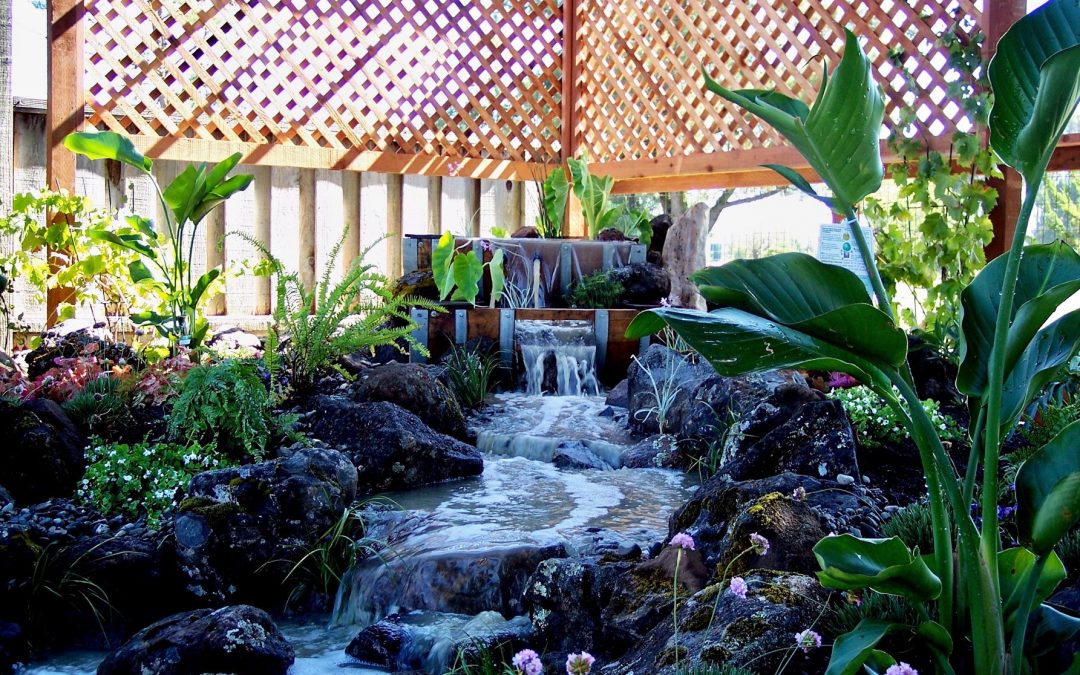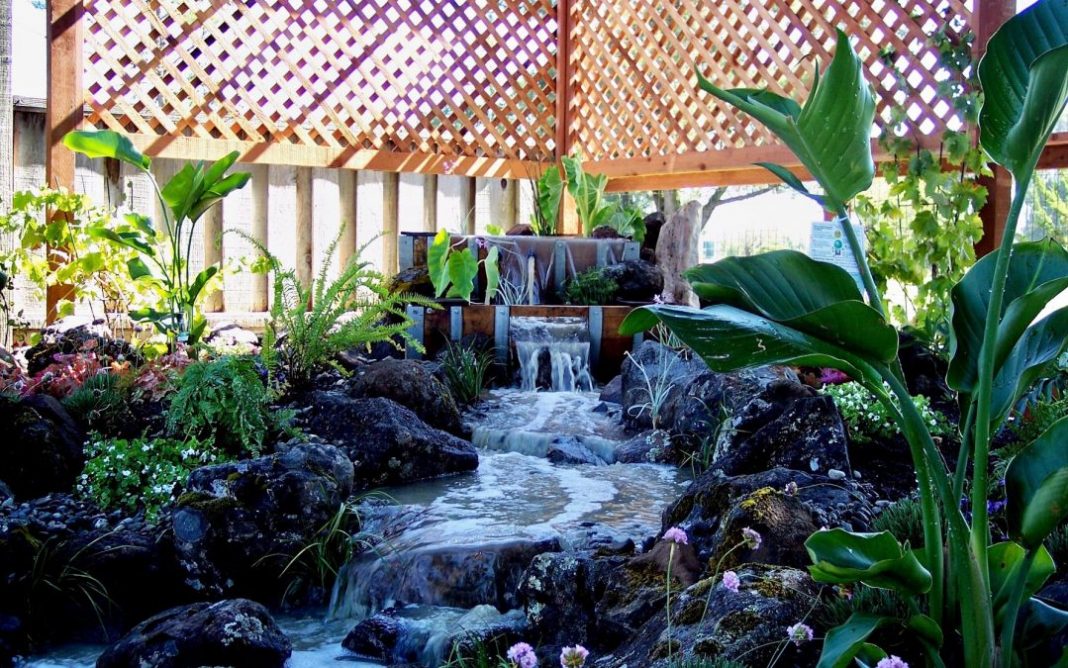In the realm of modern architecture, a paradigm shift is underway as designers increasingly integrate ecological water features into the built environment. These innovative water-centric designs go beyond traditional landscaping, transforming outdoor spaces into dynamic, sustainable ecosystems. From biomimicry-inspired structures to regenerative urban water projects, let’s delve into the evolving world of ecological water design in contemporary architecture.

Biomimetic Water Filtration Systems:
Inspired by nature’s efficiency, contemporary architecture incorporates biomimetic water filtration systems. Mimicking the intricate filtration processes found in ecosystems, these systems use natural materials and plant-based solutions to purify water within architectural features. This approach not only enhances water quality but also showcases a commitment to sustainable and regenerative design principles.
Aqueduct-Inspired Water Pathways:
Taking cues from historic aqueducts, modern architecture introduces aqueduct-inspired water pathways. These structures guide water through elevated channels, creating visually striking features that serve both aesthetic and functional purposes. Aqueducts not only contribute to water movement but also integrate seamlessly into urban landscapes, bridging the gap between architectural design and water management.
Hydro-Responsive Facades:
Innovative facades that respond to water dynamics are reshaping the identity of modern architecture. Hydro-responsive materials, embedded with nanotechnology, adapt their appearance and texture based on weather conditions, including rain. These dynamic facades not only enhance the visual appeal of buildings but also demonstrate a harmonious relationship between architecture and the natural elements.
Urban Rain Gardens:
In urban settings, architects are incorporating rain gardens as integral components of building design. These gardens capture and absorb rainwater runoff, promoting natural filtration and groundwater recharge. Urban rain gardens not only mitigate the impact of urbanization on water systems but also provide green spaces within the built environment, fostering a balance between urban infrastructure and ecological sensitivity.
Dynamic Water-Integrated Skylines:
Modern skylines are evolving with the integration of dynamic water features into architectural designs. Sky-high cascading waterfalls, rooftop reflecting pools, and water-inspired kinetic sculptures redefine the skyline. Beyond aesthetics, these features contribute to temperature regulation, air purification, and the creation of microclimates, demonstrating the potential of water to enhance the environmental performance of urban spaces.
Aquatic Green Roofs:
Building upon the concept of green roofs, contemporary architecture introduces aquatic green roofs that combine vegetation with water elements. Ponds, water channels, and aquatic plants not only contribute to the aesthetic appeal of green roofs but also enhance thermal insulation and stormwater management. Aquatic green roofs showcase an innovative fusion of ecological design and water-sensitive architecture.
Permeable Water-Responsive Pavements:
In an effort to combat urban heat islands and improve water absorption, architects are incorporating permeable water-responsive pavements. These surfaces allow water to pass through, reducing runoff and promoting groundwater recharge. The integration of water-responsive pavements supports sustainable urban development by addressing issues related to flooding, heat, and water scarcity.
Solar-Powered Desalination Structures:
In regions facing water scarcity, modern architecture explores solar-powered desalination structures. These innovative buildings harness solar energy to power desalination processes, converting seawater into freshwater. By integrating water production into architectural design, these structures offer a sustainable solution to water challenges, showcasing the potential for architecture to address pressing environmental issues.
Floating Eco-Habitats:
Elevating water design to new heights, architects envision floating eco-habitats that combine living spaces with aquatic environments. These structures incorporate floating gardens, water purification systems, and sustainable materials to create self-sufficient ecosystems. Floating eco-habitats not only provide innovative solutions for urban housing but also emphasize the interconnectedness of architecture, water, and sustainable living.
Aquatic Amphitheaters and Cultural Spaces:
Architects are reimagining cultural spaces by integrating aquatic amphitheaters into their designs. These spaces feature water stages, reflecting pools, and water-inspired sculptures. Aquatic amphitheaters create immersive cultural experiences, utilizing water as a dynamic element that enhances the sensory and aesthetic dimensions of artistic performances and gatherings.
In conclusion, the integration of ecological water design into modern architecture marks a transformative era in the built environment. As architects embrace innovative approaches that prioritize sustainability, water conservation, and biomimicry, the boundaries between architectural spaces and aquatic ecosystems continue to blur, giving rise to a new era of harmonious coexistence between human-made structures and the fluid beauty of water.


